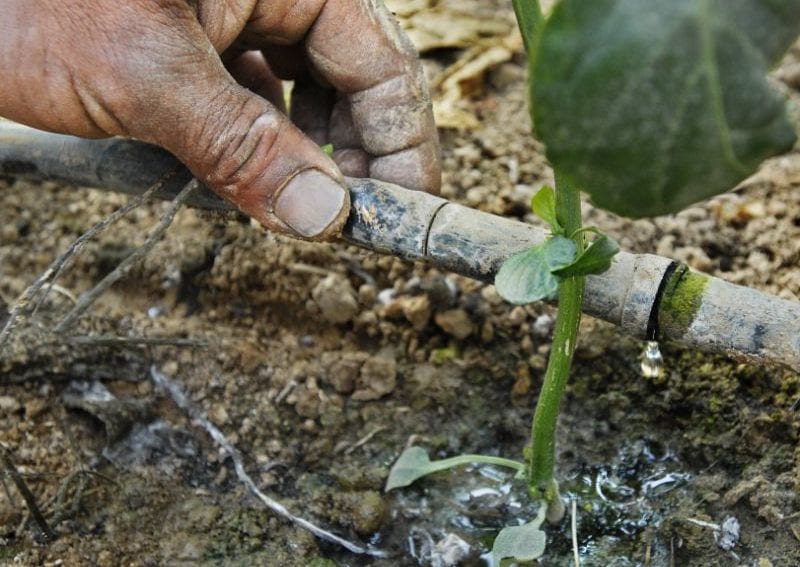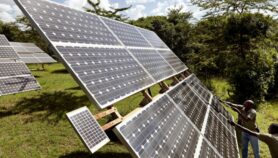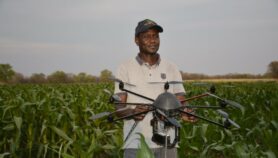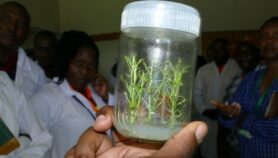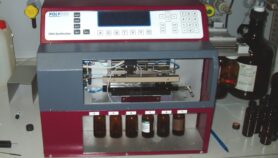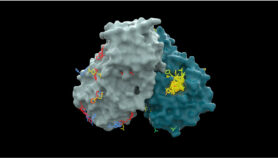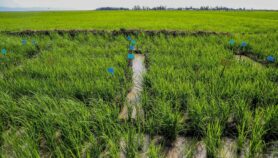By: Farai Matebvu
Send to a friend
The details you provide on this page will not be used to send unsolicited email, and will not be sold to a 3rd party. See privacy policy.
[MUTARE, ZIMBABWE] Zimbabwean agricultural researchers have developed a remote control technique that could enable African farming communities to identify nutrients needed by crops in an agricultural field.
The technology could assist farmers to ascertain the exact quantities of nutrients a crop needs and predict yields using the satellite imagery developed to assess any crop without having to physically visit their farms.
According to the developers from the University of Zimbabwe, the technology could exploit and analyse aerospace-based satellite imagery and geographic information to describe, assess and visually depict geographically referenced features, processes and activities on earth to inform strategic and operational decision-making.
“We have developed this agricultural technology to use it at the university farm on a trial run starting in January 2016 before it is rolled out in other African countries.”
Charles Mutisi, University of Zimbabwe
Charles Mutisi, the leader of the research team and dean of the Department of Agricultural Research at the University of Zimbabwe, tells SciDev.Net that the technology is able to assess land on which all crops including tobacco, soya beans and maize are grown.
Mutisi adds: “We have developed this agricultural technology to use it at the university farm on a trial run starting in January 2016 before it is rolled out in other African countries. The centre will also soon establish mineral data.”
“We are also working in the area of exploration and actual quantification of the minerals in the country using the same system. The ultimate goal is to have a Zimbabwe and Africa map of minerals which documents the exact quantities.”
The researchers began developing the technology in September 2014, with funding from Zimbabwe’s Ministry of Agriculture, Mechanisation and Irrigation Development. It was completed in August this year and commissioned on 28th September, according to Mutisi.
May Mrema, a senior lecturer in agricultural economics at the Zimbabwe-based Africa University, calls upon African universities and other tertiary research institutions to review their science curriculums to meet modern global trends to enhance agricultural productivity and mining.
“The technology developed by the University of Zimbabwe researchers marks the beginning of an agricultural revolution in the developing world, especially in Africa,” adds Mrema, who is a member of the Organisation for Women in Science for the Developing World, noting that it could help increase yields to quell hunger and poverty on the continent.
According to Mrema, the technology will help African farming communities to tackle climate change, which is affecting agricultural production and farm yields.
“Africa needs to revolutionise its science information by adequately funding research programmes to spur its development agenda and exploit its natural resources which are central to economic development,” Gwirayi explains.
This article has been produced by SciDev.Net's Sub-Saharan Africa desk.


